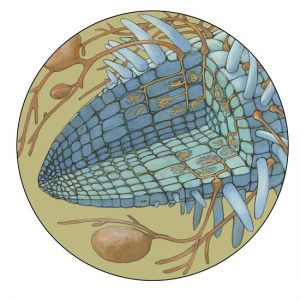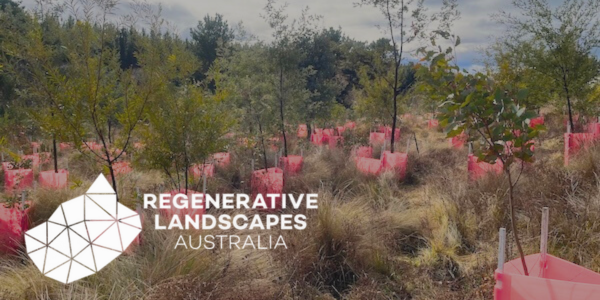Mycorrhizal Fungi: The Amazing Underground
Secret to a Better Garden and Farm
 Nurture the ancient, symbiotic relationship between mycorrhizal fungi and plants’ roots for increased garden harvests and healthier soil.
Nurture the ancient, symbiotic relationship between mycorrhizal fungi and plants’ roots for increased garden harvests and healthier soil.
How to Promote the Plant-Mycorrhizae Partnership
• Minimize soil tilling
• Always keep live plants in your beds, even in winter
• Rotate crops within your beds
• Avoid pesticides and chemical fertilizers
• Avoid applying too much phosphorus; a soil test every few years is a good idea
Throughout history, people’s explanations of life involved all kinds of wonderful stories and complex philosophies. Facts just weren’t really in the mix. That began to change with the rise of science. Scientific momentum picked up sharply during the 16th and 17th centuries. As scholars scrambled to collect and categorize exotic beasts and botanical wonders, they dreamed of piecing together a full portrait of nature. Then, eyeglass lens-makers in the Netherlands assembled the first high-powered microscopes, and scientists looked closer at a few items that were right in front of them: soil, old bread and drops of muddy water. The world they had been trying to make sense of for so long suddenly seemed ten, a hundred, a thousand times more intricate, strange and beautiful — alive in more ways than anybody could have ever imagined.
The Microscopic World of Beneficial Microbes
We still define natural habitats primarily in terms of plants and animals, the two kingdoms of life we can see with unaided eyes. The greatest amount of biological activity and the largest diversity of species and genes, however, come from the other four kingdoms science now recognizes: bacteria, archaea (a less-studied division of life-forms formerly considered bacteria), protists (mostly single-celled algae and protozoans), and fungi. The vast majority of these members are microscopic in size. They cannot be seen with the naked eye, but we now know they permeate soils and suffuse waters. They drift en masse through air. They thrive not only on the surface of every plant and animal, but within them as well. From the upper reaches of the atmosphere to the bottom of the seas, down into the rock layers and outnumbering the stars in the known universe, microbes are literally the creatures that make Earth a living planet.
Microbes remain mostly in the “out of sight, out of mind” category of nature for a lot of folks. Others, chemical spray in hand, can hardly stop thinking about them, envisioning “germs,” mold spores and other unseen swarmers poised to unleash disease and rot. Either way, a broader understanding of the life-forms that truly put the “bio” in “biosphere” has been slow to emerge. Interest is building, though, as the public learns more about the positive roles microorganisms play, including how some types can boost yields in gardens. These mycorrhizae — extraordinary fungi that interact with our garden crops — are what we’ll be zooming in on.
The original story was published in Mother Earth News click here for the complete article written by




